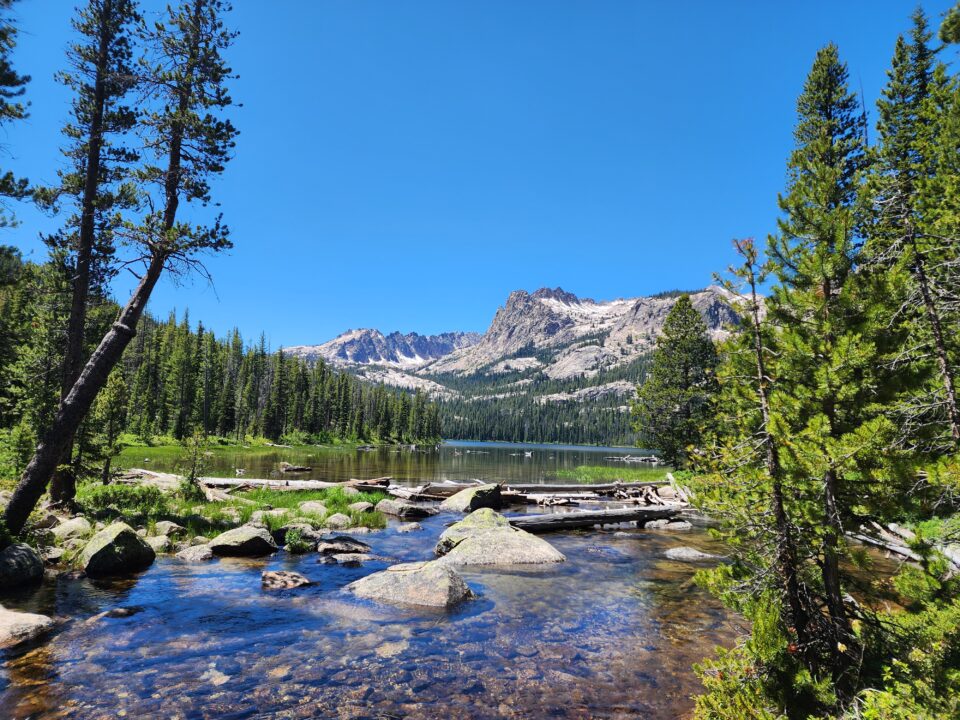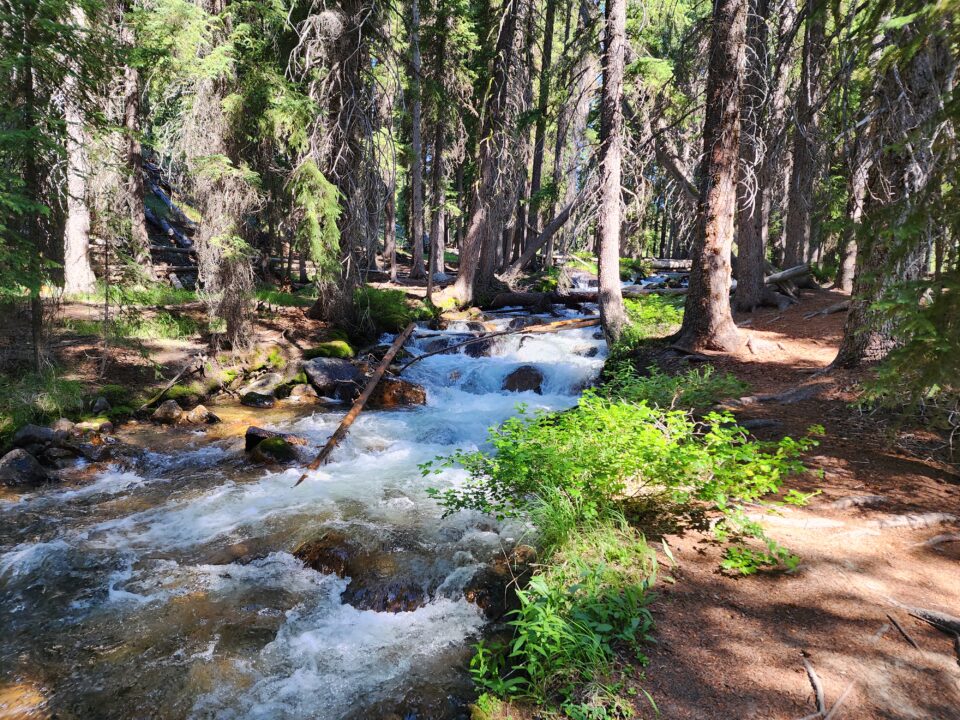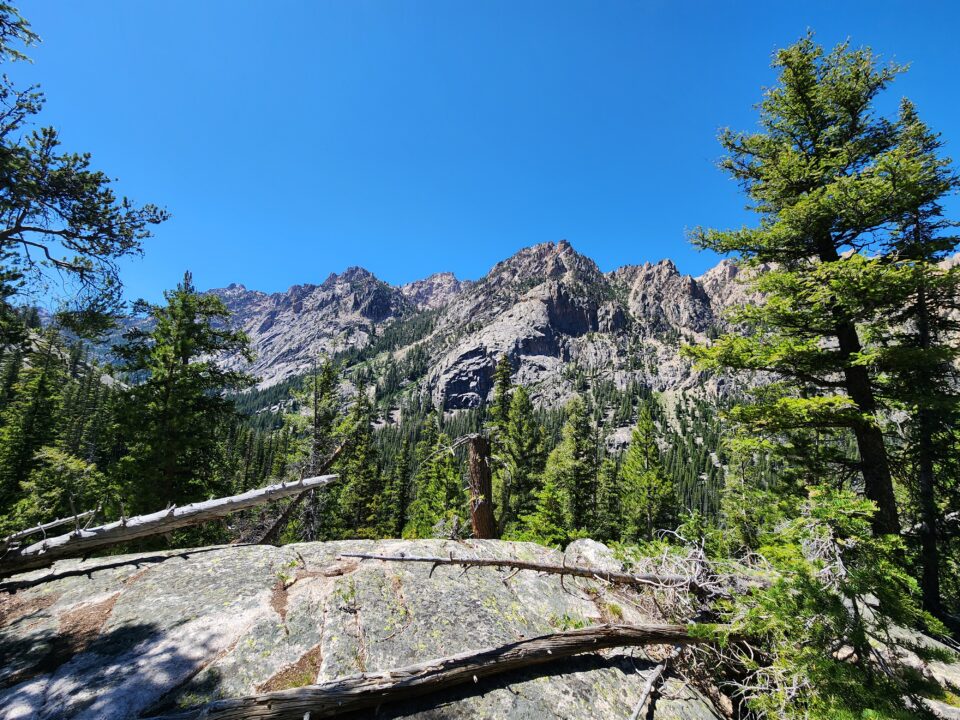
Photo Credit: SIHA staff
Growing up in Idaho I was very fortunate to be able to access public lands frequently. I have a lot of memories of playing at Redfish Lake or seeing the bison in Yellowstone. I’ve camped, gone boating, hiked, fished, and backpacked a lot in these areas and I have very fond memories of doing so. I want to ask you, what is your first memory of the Sawtooths? For most people I think it is driving into Stanley or over Galena pass and seeing the vast Sawtooth and White Clouds range. I think a particularly unique thing about the Sawtooth National Recreation Area is that while being protected for its natural beauty, a key component of it is recreation. Whether that is hiking, hunting, boating, fishing, backpacking, sightseeing, riding OHVS in certain areas, or foraging, the Sawtooths have always had a component of recreation tied in with the foundation of the SRNA. The beauty of it is that everyone has their own personal connection to why they recreate.

Photo Credit: SIHA staff
Our unique public lands have shaped Idaho and the surrounding states throughout history. In 1872, artist Thomas Moran went on a trek to Yellowstone that would be monumental in the shaping of public lands. His paintings, primarily the Grand Canyon of Yellowstone, were so moving that when Congress saw them they were in awe and because of that the first national park was created. Just looking out on the natural beauty of Idaho with my own eyes, I can only imagine what those early explorers thought coming across it for the first time.

Photo Credit: SIHA staff
Public lands don’t have to be grand, large scale areas that have captured the attention of many people. Oftentimes they can be smaller areas, maybe a hiking trail you like or a place you take your 4-wheeler to go riding. Particularly living out in the West, public lands are a big feature of many of the states out here and have played a large role in the formation of said states. Unfortunately, attacks on public lands are not a new thing. Growing up in the Idaho Falls area I have seen this firsthand. An area that came to mind when writing about this topic was a local area called the Pumice Pits. It wasn’t necessarily managed by any land agency but many people, myself included, used it for a variety of recreation purposes. Later on it was bought by a wealthy landowner and the gates were shut forever. It saddened me to see land locke away that many people cherished for its recreational value. This selling off of public lands is unfortunately a very pressing issue in Idaho and here in the west. Recently, this was shown in the Big Beautiful Bill which proposed the selling of over 250 million acres of public lands. Luckily, due to the efforts of local residents, grassroots organizations, and politicians this initial proposition was removed from the bill. This still isn’t over; more recently current politicians have proposed to rescind the 2001 Roadless Rule. This rule protects over 58 million acres of land that has previously been untouched by humans. One possible effect of removing this rule would be to sell off land to logging companies to extract resources. Many of these places are used by a lot of people for a variety of purposes and selling them off will mean they will be shut off from the public. Once these lands are sold off it will be incredibly hard or nearly impossible to undo what has been done to these lands. Reading this article I’m sure you had a specific area in mind that is special to you. I urge you to ask yourself: why is that area important to you and how do you want it to be protected?
Eddy Black is a 2025 SIHA Naturalist returning from the 2022 season. When he isn’t working at the Redfish Visitor Center, he enjoys hiking to mountain lakes and fishing throughout the SNRA.